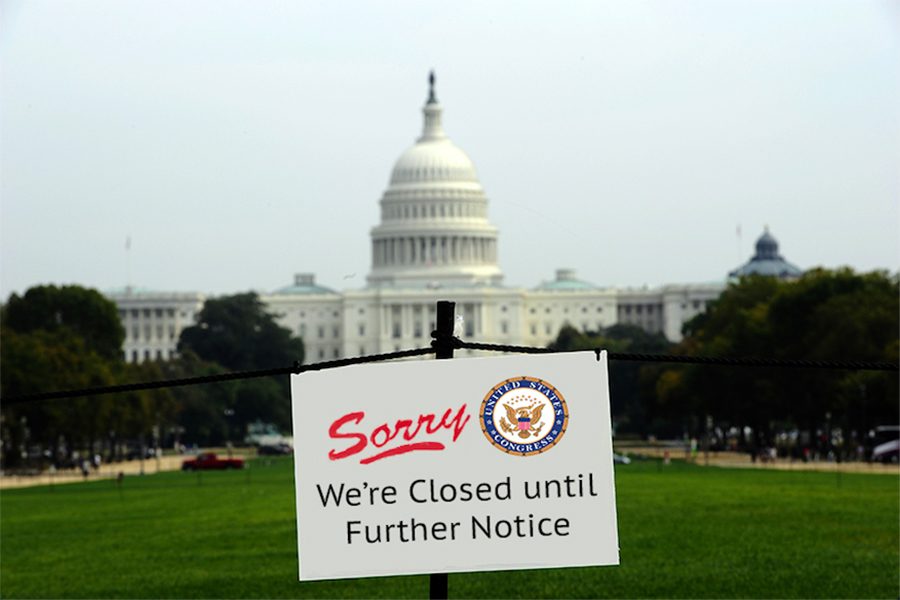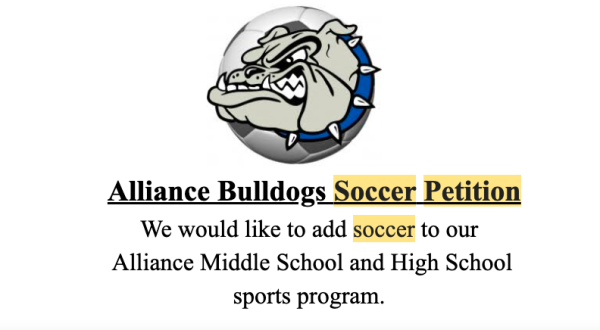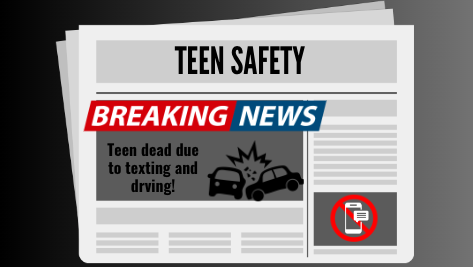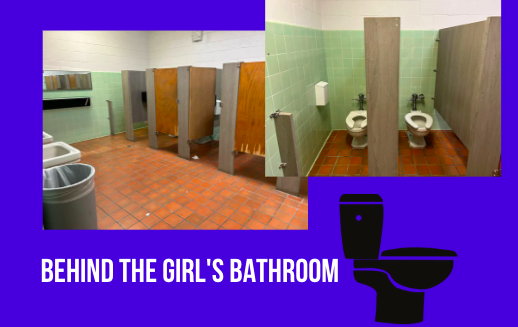A Guide to the Government Shutdown
The government shutdown is a multifaceted issue that is full of twists and turns. It doesn’t help that the media sources of today are full of opinions. Each outlet is trying to convince their audience that their opinion is the right opinion and the other side is completely wrong. With all of this happening, it is hard to have all the facts and make an educated decision about what side you support. This decision is especially hard for teenagers to make, seeing as they are constantly exposed to the news that yells the loudest. Here is some unbiased information gathered from both sides of the argument so that you, the reader, can make an educated decision on what you support when it comes to the government shutdown.
Let’s start at the beginning. Each year the President and Congress get together to create a financial budget for the next fiscal year. This budget is comprised of twelve appropriation bills that designate how much money goes into federal government agencies. The President and Congress must agree on the terms of these bills and have them enacted into legislative law. If they fail to do this by the start of the fiscal year, the government goes into a partial shutdown. That is where the United States currently lies.
After a government shutdown has begun, the agencies that rely on government funding furlough all non-essential employees and require all essential employees to work without pay. This leaves millions of Americans without pay and benefits. Veterans and retirees are also affected since programs such as Social Security and Medicare can no longer function efficiently. Farmers cannot apply for subsidies to offset the effects of Chinese tariffs and tax refunds are delayed by the IRS. These essential services, and several others, are shutdown until the President and Congress agree on the rest of the federal budget. As of now, the House and the Senate have passed five of the twelve appropriations, but the president has yet to sign them. His signature would enact them into law.
So far, this sounds like a problem only for adults with federal incomes or people who need their tax refund, but it also affects students. Here is a little scenario to put this into perspective: let’s say that a high school student applies for a student loan to help pay for their first semester of college. This loan will not be accepted by the Department of Education until the government is back up and running. This means that the student may not have the funds to pay for college, and may have to wait until the spring semester to begin their college education. This is a huge issue among students, and could really affect the rest of a student’s education.
So, why is the government currently shutdown? The main issue that remains unresolved is border security. At the beginning of 2018, President Trump requested funds from Congress to build a border wall across the southern border. Congress remained quiet on this request until early December when President Trump stated that he would need a total of 5.7 billion dollars to begin building the wall. However, Democrats objected to this request and so began the ongoing battle of the border wall.
Since the shutdown began, Democrats, as well as some Republicans, have urged the president to reopen the government while they create a deal that both sides agree on, but President Trump has refused every offer the Democrats have given him. He has stormed out of a meeting that he has called with Congress, threatened to issue a national state of emergency to bypass Congress and get the funding he wants, and has been willing to hold the American people financially hostage all for the 5.7 billion dollars needed to fund the border wall.
Before you go attacking the president, here is the other side of the argument as promised. If President Trump were to comply to the wishes of the Democrats and reopen the government, he would lose all leverage he has on funding the wall. In the past, presidents such as Ronald Reagan have tried to secure the southern border, but gave into the false promises that the other side offered. President Trump is making the tough decision to fight the opposing side for as long as possible. However, the Democrats are not the only ones who have made offers. In a meeting, the president offered to give the dreamers and their families citizenship and an end to ICE, the Immigration and Customs Enforcement group. He only wanted two things; a border wall and an end to the dreamers being able to bring new people to the country every year. The Democrats turned him down immediately, even though he was offering them everything they had been fighting for over the last two years.
The current government shutdown has become the longest shutdown in United States history and it doesn’t look like it will be ending anytime soon. Hopefully now you have a better idea of what side you support as well as a basic understanding of what happens during a government shutdown. We are the future of the United States and we deserve the right to remain educated in a world full of biases.

Hi! I’m Aubrie Lawrence. This is my third year writing for the SPUD. I am a Senior here at AHS, and I am the Editor-in-Chief for the SPUD. I am the oldest...











